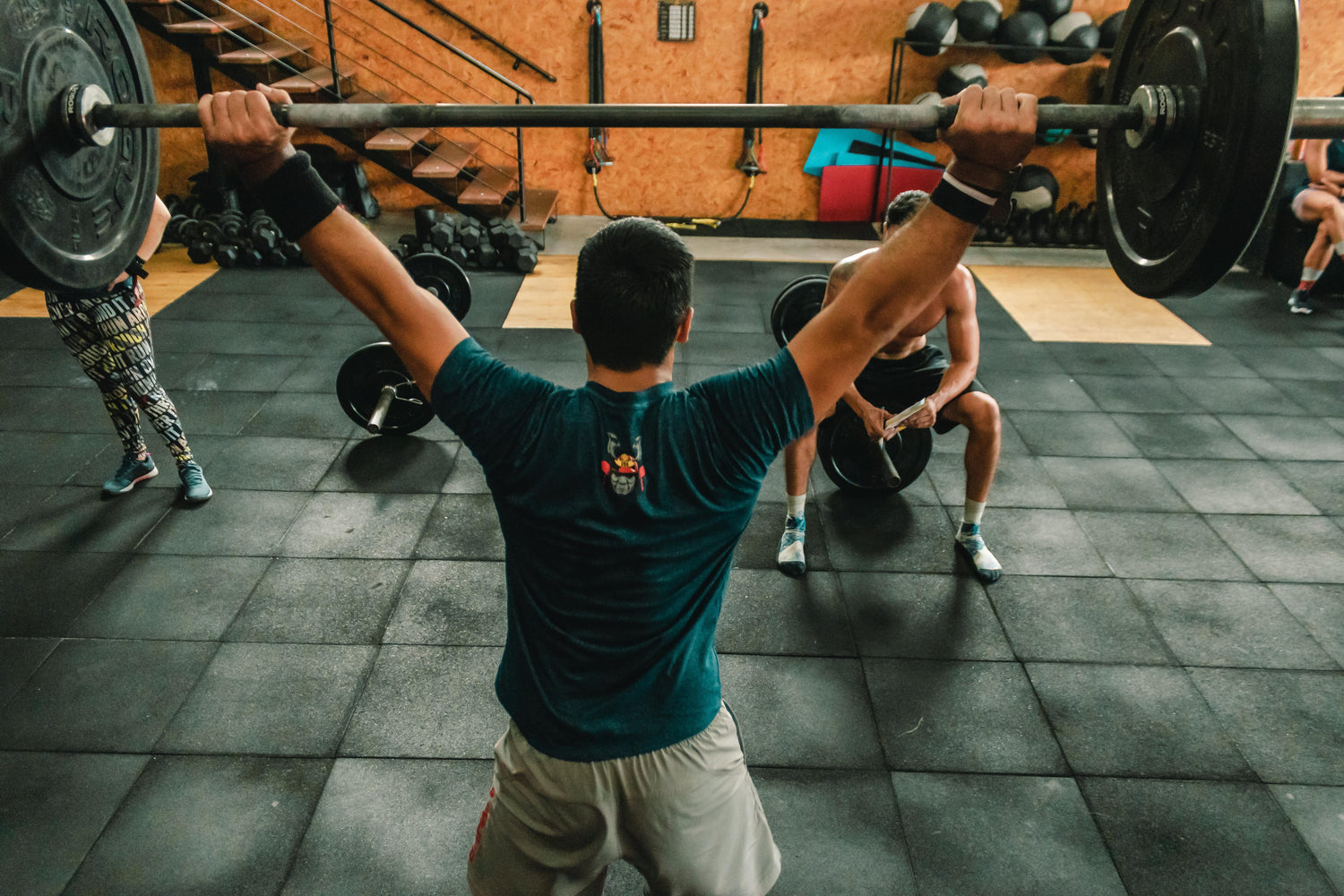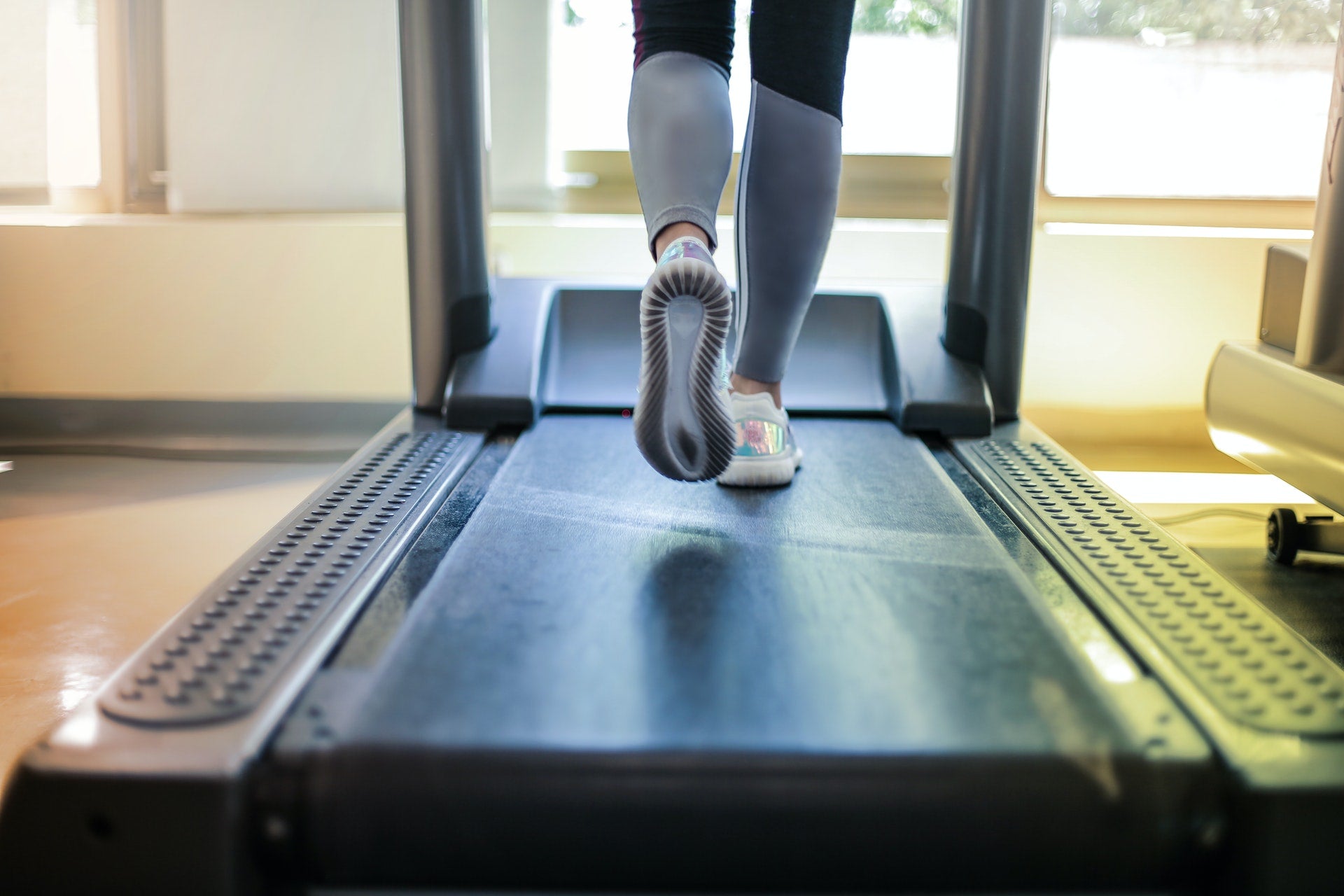What is physical fitness? Is it muscle strength and agility? Is it the ability to do aerobic exercise for an hour without running out of breath? Is it possible to do ten push-ups?
This concept goes beyond the basics of lifting weights and running for extended periods; physical fitness possesses its components. Think of physical fitness as a healthy addition to your everyday routine.
Why Is Fitness Important?
Physical fitness has a unique ideology of viewing the human body like an engine. By thinking in this manner, one can unlock their full potential when it comes to exercising. Activity or exercise has its significance due to the improvements it can give to your overall health.
On top of this quality, it may also minimize the risk of certain diseases such as type-2 diabetes, hypokinetic diseases, cancer, and heart disease. Regular physical activity has myriad health benefits, from weight loss or maintaining a healthy weight to improved cardiovascular health or a strengthened immune system.
According to Physical Activity Guidelines for Americans from the U.S. Department of Health and Human Services, 150 minutes of moderate-intensity exercise or 75 minutes of vigorous physical activity can make a huge difference in your quality of life.
You will feel generally better; you will not get physically fatigued as someone in worse shape, and a positive mood will most likely be your attitude due to confidence in your overall health.
5 Components of Physical Fitness
Across the United States, there is a specific set of guidelines that go into the definition of the Physical Fitness ideology. They are as follows:
- Cardiovascular Endurance
- Muscular Strength
- Muscular Endurance
- Flexibility
- Body Composition
Cardiovascular Endurance
This term is known as the ability of one’s heart and lungs to fill their body with oxygen. When comparing this to the symbolism of an engine, this component is the fuel that stirs the fire.
Exercises that fall into this category include but are not limited to: jogging, cycling, and swimming. These all push the limits to where your heart and lungs must work together to complete an exercise like such.
Muscular Strength
In broad terms, this component measures the amount of force that one’s muscles can produce. This includes strength training exercises that push the limits of what someone’s muscle groups have the capacity/force to handle. Examples of muscular strength would include bench pressing, bicep curls, tricep dips.
Muscular Endurance
Muscular endurance is defined as the ability of the muscles to continuously perform while limiting fatigue in the process. This component obviously includes the training of muscle groups like strength training; it varies by the angle of trying to exacerbate one’s body for an extended period of time versus an amount of weight/sets.
Also, contrary to muscular strength, this type of fitness doesn’t require membership to a gym - most of these exercises can be done in the space of your own home. Examples of this category include cycling, step machines, and rowing machines.
If you’re looking for an excellent machine that harbors the components of muscular and cardiovascular endurance, then look no further; the Ski-Row Air & Ski-Row Air+PWR machines from EnergyFit have everything you need to step up your rowing and ski training exercises.
Flexibility
The fourth component of physical fitness is known as the ability to move through a specific range of motion for each particular body joint.
This test done in schools across the United States is exemplified through the sit and reach test, directly measuring how far individuals can stretch their hands toward their toes.
Body Composition
The final piece of the five components is known as the amount of fat mass compared to lean muscle mass, bone, and organs. This entails the dietary factors that go into the physical fitness ideology that will show up in tests like skinfold readings, underwater weighing, and bioelectrical impedance.
What Is the Best Way To Stay Fit?
By combining the components of physical fitness, people will undoubtedly find themselves in a better overall state of health.
Although some already-versed gym-goers might be reading to discover new ways to tap into their already established workout routine, there are also guidelines that newbies can take as well.
Take Small Steps at a Time
Along with most forms of exercise, make sure any adjustments or new routes to improve your overall physical fitness don’t overdo your body. Whenever you begin exercising in general, stretching is a crucial but sometimes forgotten part that goes into the equation.
Loosening up your body before physical exercise is a great habit to get into. Not only does stretching go a long way, but even mild steps towards more active lifestyles can make it easier to enjoy leisure activities, respond to emergencies, and improve your cardiovascular fitness.
Consider Your Diet
While mild to vigorous-intensity physical activity recommendations are an important aspect of health-related physical fitness, diet is another way to prepare your body for exercise.
A healthy diet involves eating enough calories—not trying to reduce them as much as possible. A person's body needs calories to use as energy to fuel your favorite anaerobic exercises or heart rate pulsing cardio.
Ensuring a balanced ratio of protein, healthy fats, and complex carbohydrates will help prepare you to work for your major muscle groups effectively, work on your coordination, and enjoy your favorite active rest activities.
Not only that, but a healthy diet free from processed foods, red meats, and refined sugars can help combat obesity, cardiovascular diseases, and other health problems.
What Is a Physical Fitness Test?
After reading up to this point, you’re probably wondering how your physical fitness stacks up against the rest. You can complete a fitness test to find out this information on your own time! Generally, this test measures the first four of the five components that were discussed earlier (excluded in most cases is body composition for testing purposes).
Aerobic Fitness Test
The first of four measures can be done with a specific jogging distance while being timed. A recommended distance is one and a half miles; depending on your age and gender, there is a myriad of acceptable times to know whether you completed the distance at the proper time or not.
Muscular Strength and Endurance
The next test measures the amount of physical strength your body can produce at a controlled rate. This test is very simple; do as many pushups you can do with perfect form and compare your number with the recommended total for good fitness.
Sit-ups are the third measure of what a physical fitness test will entail, along with the same sort of instructions. This just requires you to count how many sit-ups you can do before giving in.
Flexibility Test
Finally, the last testing measure is the sit-and-reach test; you must line your feet up against a box-like device that hangs over your lower body and reads how far your hands can be stretched forward. The longer the distance, the more flexibility you possess.
Sources:
What is Physical Fitness? | The Center for Health Promotion and Wellness at MIT Medical
How fit are you? See how you measure up | Mayo Clinic
5 Components of Physical Fitness | Farnsworth Aerospace





Leave a comment
All comments are moderated before being published.
This site is protected by hCaptcha and the hCaptcha Privacy Policy and Terms of Service apply.